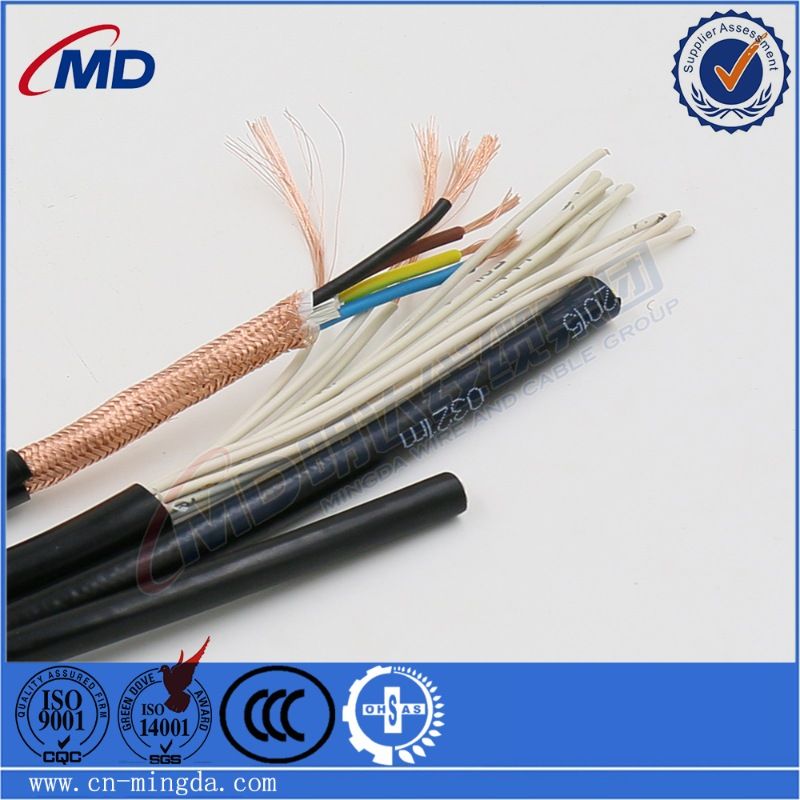9 月 . 30, 2024 21:21 Back to list
Carbon Steel Ball Check Valve Specifications and Applications in Industrial Systems
The Role and Importance of Carbon Steel Ball Check Valves
In various industrial applications, valves are essential components that play a vital role in controlling the flow of fluids. Among the numerous types of valves used, the carbon steel ball check valve stands out due to its robust design, reliable operation, and versatility. This article delves into the significance of carbon steel ball check valves, their construction, working principles, advantages, and applications.
Understanding Carbon Steel Ball Check Valves
A ball check valve is a type of non-return valve that allows fluid to flow in one direction while preventing backflow. The primary component of this valve is a spherical ball that moves within a seat. When flow occurs in the designated direction, the ball lifts off the seat, allowing fluid to pass through. Conversely, if backflow attempts to occur, the ball is pushed back into the seat, sealing the valve and preventing reverse flow.
The term carbon steel refers to the material used in the construction of the valve. Carbon steel is an alloy made primarily of iron and carbon, with small amounts of other elements such as manganese, phosphorus, and sulfur. This material is favored for its high tensile strength, durability, and ability to withstand extreme pressure and temperature changes, making it an ideal choice for valves in demanding environments.
Construction and Features
Carbon steel ball check valves feature several essential components. These include the valve body, ball, seat, and inlet and outlet ports. The valve body is typically made of high-quality carbon steel, which provides structural integrity and resistance to corrosion when appropriately treated. The ball, usually crafted from the same material or a compatible material, ensures a tight seal when in place.
One notable feature of carbon steel ball check valves is their compact design. This makes them easy to install in tight spaces, a crucial factor in many industrial applications. Additionally, these valves often come with a variety of connection types, including flanged, threaded, and welded, facilitating integration into existing pipelines.
Working Principle
The operation of a carbon steel ball check valve is straightforward. As fluid flows in the intended direction, the pressure pushes the ball away from the seat, allowing the fluid to flow through. However, if the flow direction reverses, the ball is forced back onto the seat by the fluid’s pressure, sealing the valve and preventing backflow.
This mechanism is vital for maintaining system pressure and preventing contamination of the fluids, particularly in systems where different fluid types are used or where a clean environment is necessary.
carbon steel ball check valve

Advantages of Carbon Steel Ball Check Valves
2. Cost-Effectiveness Compared to valves made of more exotic materials, carbon steel valves often present a more affordable solution without sacrificing performance or reliability.
3. Versatility Carbon steel ball check valves can be used in various applications, including water, oil, gas, and chemical processing, due to their ability to handle different fluid types and pressures.
4. Low Maintenance With fewer moving parts compared to other valve types, carbon steel ball check valves require minimal maintenance, making them an economical choice in the long term.
Applications
Carbon steel ball check valves are widely used across many industries. In the oil and gas sector, they are crucial for preventing backflow in pipelines, safeguarding equipment from damage and contamination. In water treatment facilities, these valves help ensure the consistent flow of clean water and protect against reverse flow that could compromise water quality.
Furthermore, they are found in HVAC systems, chemical processing plants, and irrigation systems, illustrating their broad applicability and importance in maintaining efficient and safe fluid handling processes.
Conclusion
In conclusion, carbon steel ball check valves play a crucial role in fluid control systems across various industries, providing reliable performance and durability. Their simple yet effective design, combined with the advantages of carbon steel, makes them a favored choice for engineers and facility managers alike. Understanding their function and application highlights the importance of selecting the right valve for your specific needs, ensuring efficiency and safety in fluid management.
Share
-
Understanding the Differences Between Wafer Type Butterfly Valve and Lugged Butterfly ValveNewsOct.25,2024
-
The Efficiency of Wafer Type Butterfly Valve and Lugged Butterfly ValveNewsOct.25,2024
-
The Ultimate Guide to Industrial Swing Check Valve: Performance, Installation, and MaintenanceNewsOct.25,2024
-
Superior Performance with Industrial Swing Check Valve: The Essential Valve for Any SystemNewsOct.25,2024
-
Industrial Swing Check Valve: The Ideal Solution for Flow ControlNewsOct.25,2024
-
You Need to Know About Industrial Swing Check Valve: Functionality, Scope, and PerformanceNewsOct.25,2024